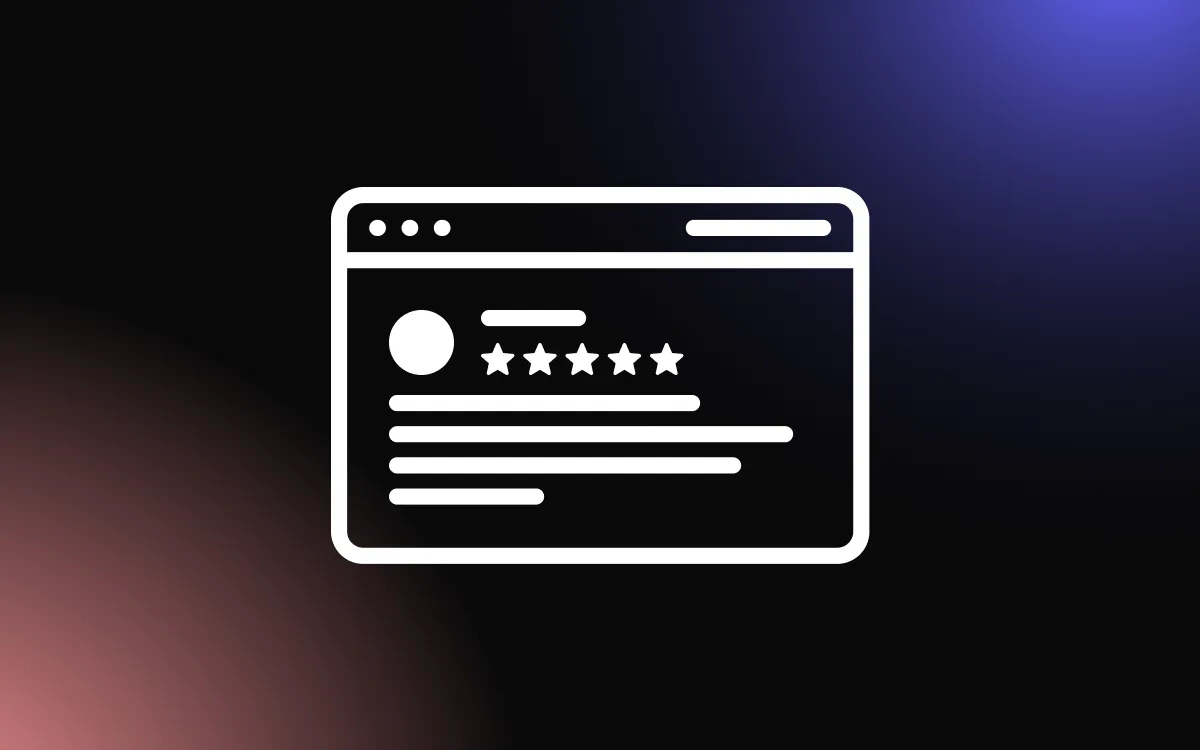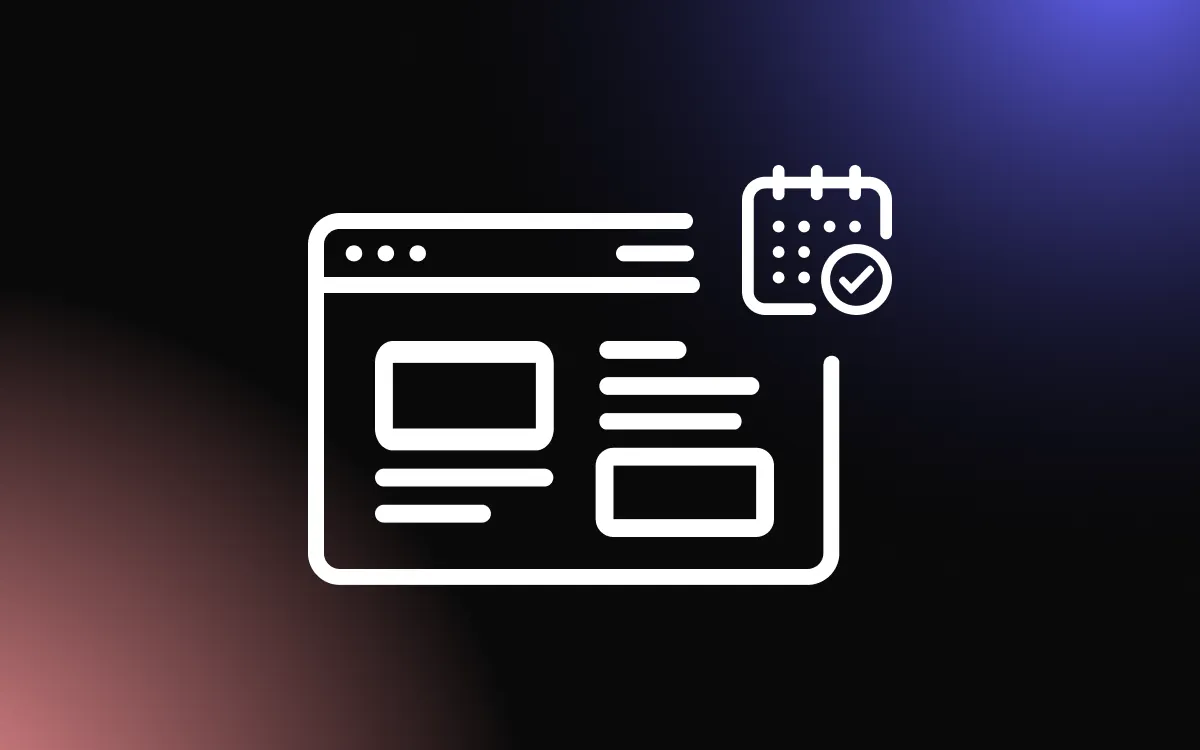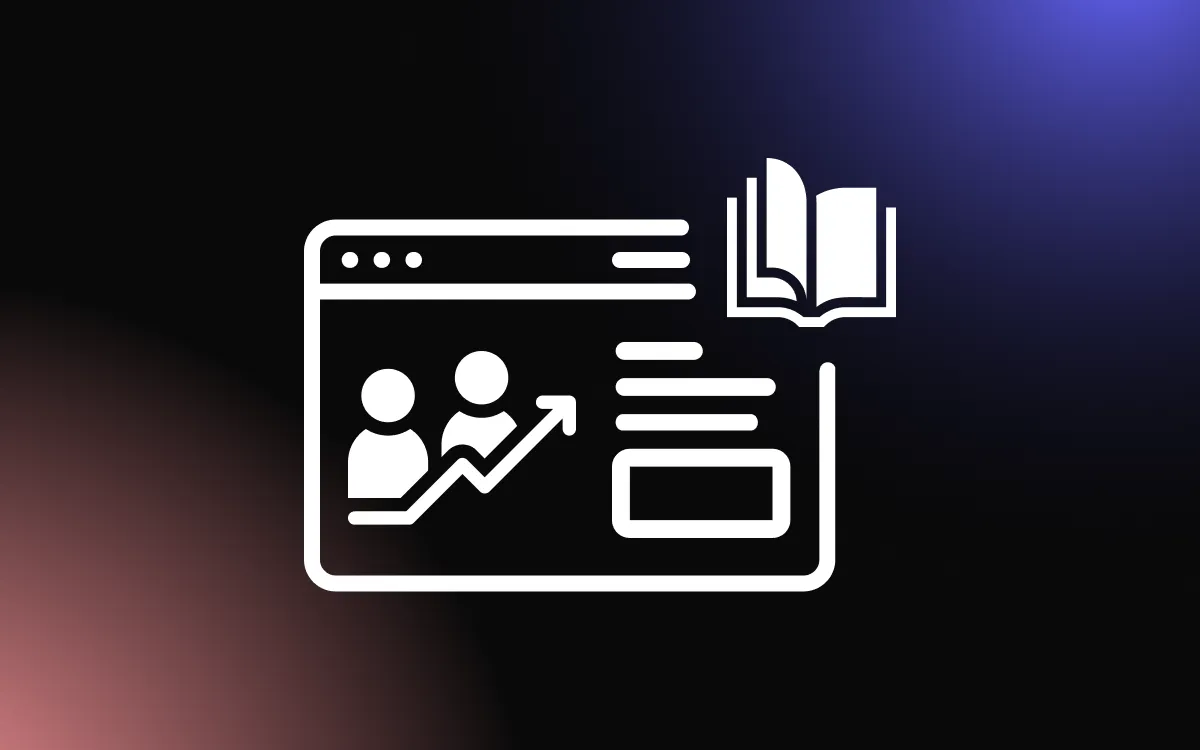
In the ever-evolving digital landscape, simply having a website isn’t enough; you need to continuously captivate your audience and entice them to engage. This is where the subtle power of incentives steps into the spotlight.
Incentives, if cleverly used, can elevate a passive website visitor into an active participant, amplifying engagement rates and, in turn, bolstering your brand’s online footprint. But how do you create incentives that truly resonate with your audience and spark their interest?
Join us as we venture into the dynamic world of digital incentives, unpacking the various strategies you can deploy to ignite engagement on your website. Let’s dive in!
The Psychology of Incentives

How Incentives Influence User Behavior
The power of incentives on user behavior is deeply rooted in psychological theories of motivation and reward. When users see a reward (the incentive), they’re more likely to do the action you want. This reaction is driven by the anticipation of the reward, which lights up the brain’s reward system and motivates the action.
Different Types of Incentives
There are various types of incentives, each appealing to different motivational drivers. These can be broadly classified into extrinsic incentives (tangible rewards like discounts or cashback) and intrinsic incentives (intangible rewards like recognition or a sense of achievement).
The Importance of Aligning Incentives with User Needs
The effectiveness of incentives depends largely on their relevance to user needs and preferences. Incentives that align with what your users value can drive stronger engagement and loyalty. Understanding your user personas and their motivations is critical in designing an effective incentive strategy.
Types of Incentives for Website Engagement

Financial Incentives (Discounts, Coupons, Cashback, etc.)
Financial incentives are like little thank-you notes to your users, offering direct monetary value. This could be anything from discounts on products or services, coupons for future purchases, cashback offers, or even loyalty points that can be redeemed. These incentives are particularly good at nudging users to make purchases and keep coming back for more.
Non-Financial Incentives (Badges, Recognition, Exclusive Content, etc.)
Non-financial incentives can provide intrinsic value by satisfying users’ psychological needs for recognition, achievement, or exclusivity. Examples include badges for community participation, recognition on leaderboards, access to exclusive content or features, or personalized recommendations.
Social Incentives (Contests, Community Recognition, etc.)
Social incentives use the magic of social interaction and a bit of friendly competition to drive engagement. They can be contests where users can win prizes, opportunities for users to show off their contributions to a community, or social sharing features that let users share their achievements or status.
Incentives for Different Types of Website Engagement

Incentives for User Registration and Subscriptions
Incentives can coax users to register for an account or subscribe to your newsletter or service. For example, you can offer a discount on the first purchase for new registrations or access to exclusive content for subscribers.
Incentives for User Participation and Contribution
If you want to encourage users to contribute content, join in community discussions, or complete surveys, consider offering badges, points, or other forms of recognition. You could even put a spotlight on top contributors on your site or shower them with exclusive perks.
Incentives for Sharing and Social Media Engagement
Encourage users to share your content on social media or refer friends to your site by offering incentives. These could include discounts, points, or exclusive content for each referral or share.
Implementing Incentives in Website Design

Prominently Displaying Incentives on Your Website
Incentives should be prominently displayed on your website, where they can easily catch the attention of users. You can highlight them on the homepage, product pages, or at the checkout stage. Pop-ups, banners, and dedicated sections are some of the ways you can ensure your incentives stand out.
Making Incentives Relevant to User Activities
Incentives should be like a breadcrumb trail leading users to the actions you want them to take. For example, if you want to encourage user registrations, dangle a sign-up bonus. If you want users to refer others, sweeten the deal with a referral bonus. Just make sure your incentives are clearly communicated and easy to understand.
Timing Incentives for Maximum Impact
Timing is everything when it comes to incentives. You need to present them at just the right moment when users are most likely to engage. This could be when they are browsing products, reading content, or just about to leave your site.
Customizing Incentives for Different User Segments

Understanding Your User Personas
Remember, not all users are the same. They have different needs, preferences, and motivations. It’s super important to get to know your user personas so you can tailor your incentives to match their interests. This might involve grouping your users based on their behavior, demographics, or psychographic characteristics.
Targeting Incentives Based on User Preferences and Behaviors
By harnessing data on user behavior and preferences, you can give your incentives a personal touch, making them more enticing. For instance, if a user often buys a certain type of product, you can sweeten the deal by offering them a discount on similar products.
Personalizing Incentives for Individual Users
Personalization takes targeting one step further by tailoring incentives to individual users. Using machine learning and data analytics, you can deliver incentives that are unique to each user, enhancing their relevance and effectiveness.
Maintaining Trust and Transparency with Incentives

Communicating the Value and Terms of Incentives Clearly
To maintain user trust, be transparent about the value and terms of your incentives. Make sure users understand what they need to do to qualify for the incentive, how they will receive it, and any terms and conditions that apply.
Delivering on Incentive Promises Consistently
Trust is also built by consistently delivering on your promises. If you offer an incentive, ensure you fulfill it in a timely and efficient manner. This builds user confidence and encourages further engagement.
Addressing User Concerns and Questions about Incentives
Users may have questions or concerns about your incentives. Be proactive in addressing these by providing clear and detailed information, and offering responsive customer support. This not only resolves user concerns but also demonstrates your commitment to their satisfaction.
Monitoring and Evaluating Incentive Performance

Metrics for Measuring Incentive Effectiveness
It’s crucial to keep a close eye on the effectiveness of your incentives to understand their impact on user engagement. Metrics to watch could include the conversion rate for the desired action (like registrations, purchases, referrals), the average value of each action, the retention rate of users who received incentives, and user feedback on the incentives.
Gathering and Analyzing User Feedback on Incentives
User feedback provides valuable insights into how your incentives are perceived and how they could be improved. Regularly gather and analyze user feedback through surveys, user testing, and social listening.
Continual Improvement of Incentive Strategies Based on Data
With the data and feedback gathered, continually refine and optimize your incentive strategies. Test different types of incentives, tweak their value, adjust their presentation and timing, and personalize them further to enhance their effectiveness.
A/B Testing Incentives for Optimal Engagement

How to Conduct A/B Testing on Incentives
A/B testing involves comparing two versions of your incentive to see which performs better. You can change one element of the incentive (e.g., its value, presentation, timing) in one version and keep it constant in the other, then show these versions to different user groups and measure their performance.
Interpreting A/B Test Results for Incentives
When you’re looking at A/B test results, it’s like comparing two different recipes. You compare the performance metrics (like conversion rate, average value per action) for the two versions. The version that tastes better (gives better results) is the one you should go with. But make sure your results are statistically significant to make valid conclusions.
Applying A/B Test Insights to Enhance Incentive Strategies
Use the insights from your A/B tests to enhance your incentive strategies. If a certain type of incentive, presentation style, or timing works better, incorporate it into your strategy. Continue testing and refining to achieve optimal results.
Common Mistakes to Avoid with Website Incentives

Offering Incentives with No Clear Value
One common slip-up is offering incentives that don’t really offer clear value to users. If users don’t see the incentive as a tasty treat, they won’t be motivated to take the action you want.
Overcomplicating Incentive Schemes
Incentives should be straightforward and easy to understand. Overly complicated incentive schemes can confuse users and deter engagement. Always strive for simplicity and clarity in your incentive design.
Failing to Deliver on Incentive Promises
If you promise an incentive, you must deliver on it. Failing to do so can damage user trust and negatively impact your reputation. Always ensure you can fulfill any incentives you offer.
Conclusion
Throughout this insightful expedition, we’ve unlocked the potential of using incentives to supercharge engagement on your website. We’ve learned that the key lies not just in offering incentives, but in tailoring them to meet your audience’s needs and expectations. It’s a balancing act of creativity, empathy, and strategic thinking.
Whether it’s exclusive content, a gamified experience, or a simple yet heartfelt thank-you note, a well-crafted incentive can work wonders in deepening user engagement and fostering a sense of community. So, as we wrap up, remember this – your website is more than a digital billboard; it’s an interactive stage where you can inspire, engage, and connect with your audience. Use incentives wisely, and watch your virtual world come alive. Keep innovating, keep engaging!


